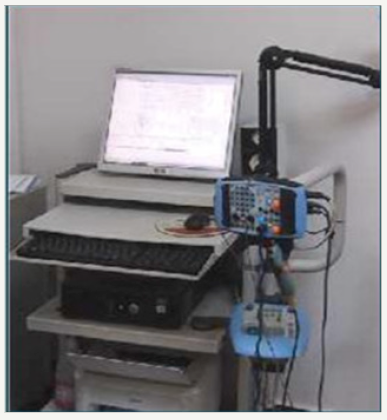Contribution of Elecromyographic Examination to Neuro-Occlusal Rehabilitation by Amel Belkhiri* in Open Access Research in Anatomy_ Journal of Anatomy

Abstract
For
Pedro Planas, the indirect tracks allow, in addition to the treatment of
certain malocclusions, to release laterality movements and thus increase the
activity of the masticatory muscles. The objective of this work will be to
observe the effect of the Planas device on the activity of the masseter and
temporal anterior, on each side, during right and left lateral movements. An
electromyogram is used to assess the bioelectrical activity of these muscles with and without tracks
in place.
Introduction
The
chewing function participates fully in the development of maxillary only under
the condition that it is done in right-left alternative laterality. Studies
have shown that patients with malocclusions tend to have pathological chewing. Pedro
Planas proposes its indirect tracks which allow in addition to the treatment of
certain malocclusions to release the movements of laterality and thus increase
the activity of the masticatory muscles. Although this movement of laterality
is not functional in itself, it is however the one that best imitates the
functional masticatory situation: it is the movement that the clinician must
examine to study the patient’s chewing. The aim of this work is to observe the
effect of the Planas device on the activity of the anterior masseters and
temporals, on each side, during right and left lateral movements. An
electromyogram was used to assess the bioelectrical activity of these muscles
https://crimsonpublishers.com/oara/fulltext/OARA.000529.php
Crimson
Publishers: https://crimsonpublishers.com/
For
more articles in Journal of Anatomy,
Please
click on below link: https://crimsonpublishers.com/oara/



No comments:
Post a Comment